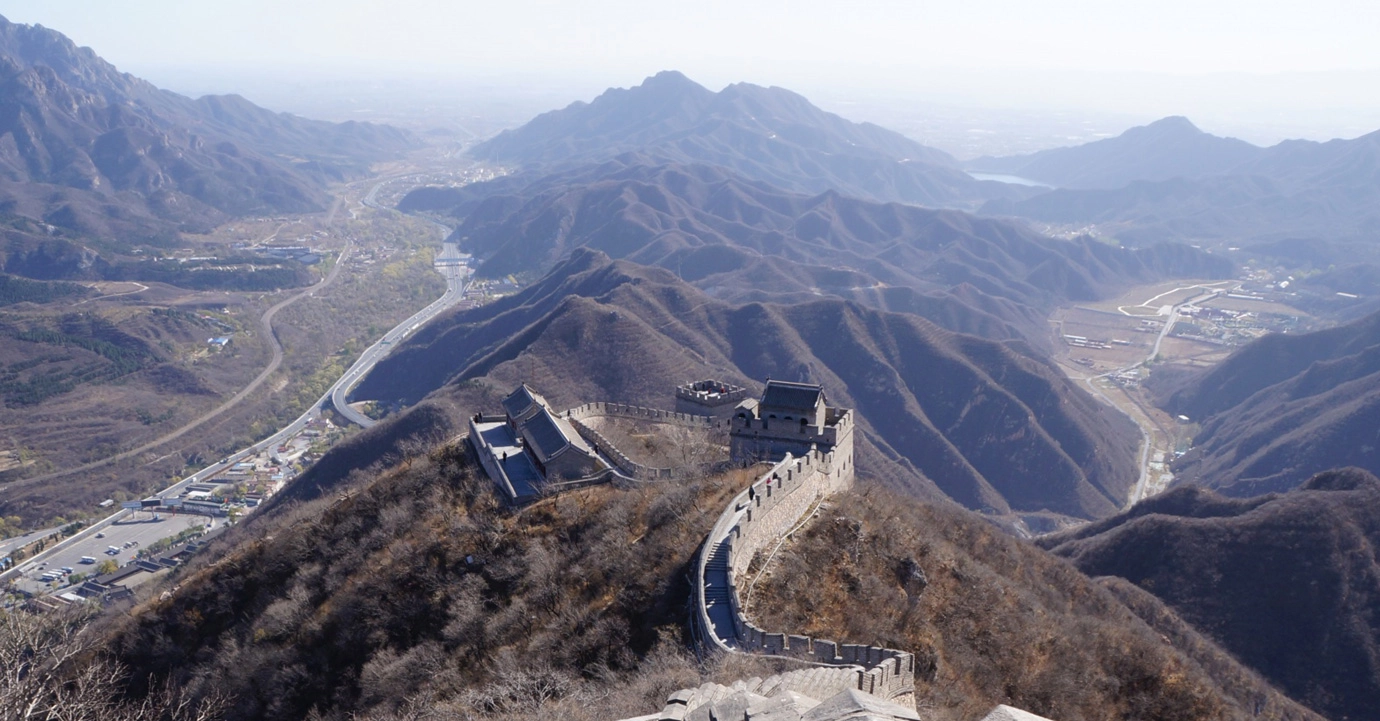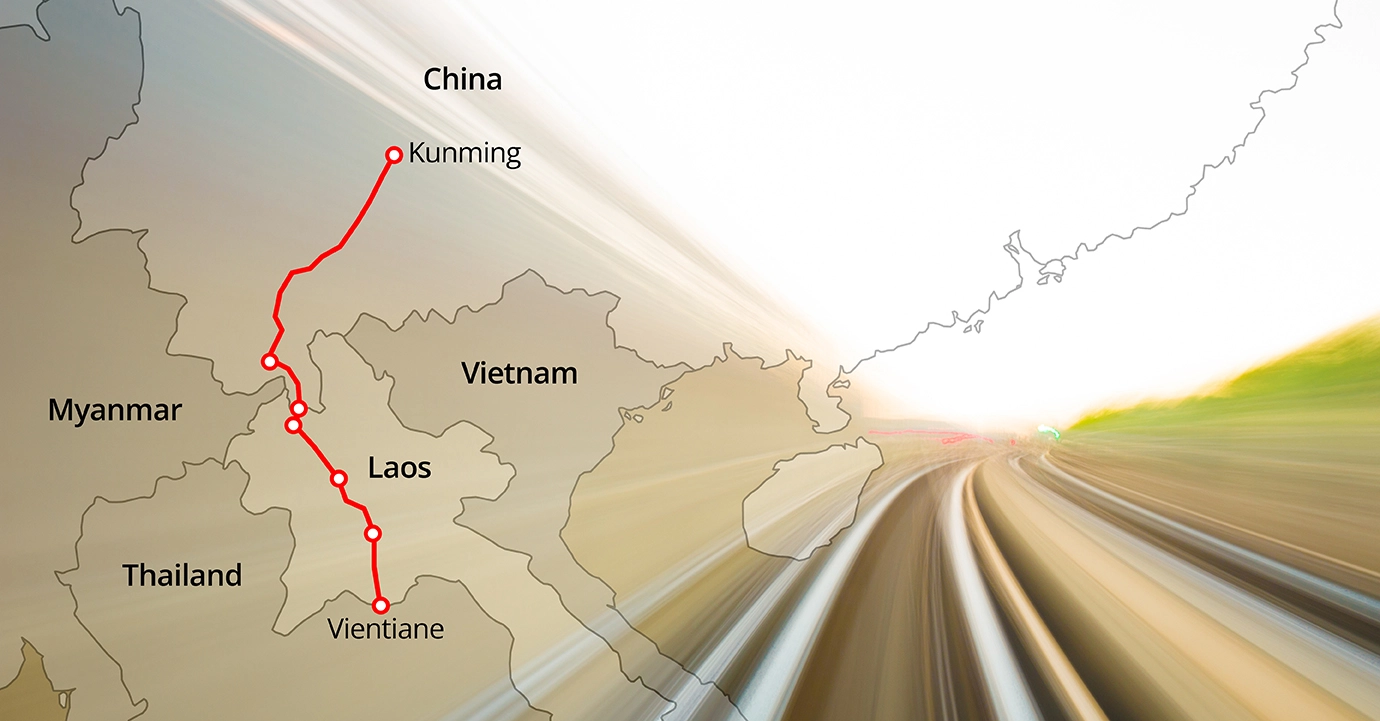President Xi Jinping’s “Expected” Legacy &
Strategic Planning†
Table of Contents
Estimated Reading Time
- 6.8 min

Since being confirmed as President of the People’s Republic of China for an unprecedented third term, XI Jinping has quickly produced a series of high-profile diplomatic achievements, including the recent normalization of relations between Saudi Arabia and Iran mediated by China. What legacy will this early success lead to? Although there are no crystal balls, an amendment to the Chinese Constitution that occurred in 2018 helps reveal the president’s “expected” legacy and, thereby, his priorities in the future, which could span several future terms as the Chinese Constitution no longer limits the Chinese presidency to two five-year terms.
Chinese Leaders’ Legacies
Like many other leaders, Chinese leaders take their legacies seriously. Chairman MAO Zedong earned a special place in the preamble of the Chinese Constitution, which reads, inter alia:
Under the leadership of the Communist Party of China and the guidance of Marxism-Leninism, Mao Zedong Thought, Deng Xiaoping Theory, […] and Xi Jinping Thought on Socialism with Chinese Characteristics for a New Era, the Chinese people of all ethnic groups will continue to […] carry out reform and opening up, [and] develop the socialist market economy […].
[emphasis added]
The above paragraph also makes a reference to “Deng Xiaoping Theory” to recognize paramount leader Deng Xiaoping’s pragmatic thinking about the planned economy versus the market economy. As early as the 1960s, Deng Xiaoping opined that whichever form of production can restore and develop agricultural production relatively easily and quickly, that form should be adopted. He expressed this opinion by way of a vivid analogy: any cat that catches mice, regardless of its color, is a good cat. Such pragmatism ultimately led him to support the development of the “socialist market economy” in China in 1992, laying a strong foundation for the country to become the second largest economy in the world today.
“In 2018, the phrase ‘Xi Jinping Thought on Socialism with Chinese Characteristics for a New Era’ […] was incorporated into the Constitution.”
Since the passing of Mao and Deng, no other Chinese leader except President Xi has gained such recognition in the Constitution with his name explicitly identified. In 2018, the phrase “Xi Jinping Thought on Socialism with Chinese Characteristics for a New Era” (“Xi Jinping Thought”) was incorporated into the Constitution. As explained in official sources, Xi Jinping Thought presents 14 fundamental principles to guide China’s efforts moving forward. Four of these principles are:
- “Persisting in promoting the building of a community with a shared future for mankind”;
- “Adhering to the principle of ‘one country, two systems’ and promoting the reunification of the motherland”;
- “Persisting in safeguarding and improving people’s livelihoods during development”; and
- “Adhering to the harmonious coexistence of man and nature”.
Recent developments, as examined below, illustrate how China has been putting the above four principles into practice. Understanding the trajectory followed by China in implementing these principles allows strategists, be they in public or private sectors, to reasonably predict where this trajectory will lead and plan accordingly.
China and the World
- “Persisting in promoting the building of a community with a shared future for mankind”
A closer reading of Xi Jinping Thought shows that the phrase “promoting the building of a community with a shared future for mankind” is used in the context of “promoting the building of a new type of international relations”.
China’s international relations during the presidency of Xi Jinping are largely reflected in the development of the Belt and Road Initiative, which was first announced by President Xi ten years ago during an official visit to Kazakhstan. The core concept of the initiative is China’s connectivity with the rest of the world through the establishment of the “Silk Road Economic Belt” (i.e., the “Belt”) and the “21st Century Maritime Silk Road” (i.e., the “Road”).
Connectivity can exist in different forms such as connectivity among peoples or connectivity through the use of common standards for industries. Yet, as pointed out by China’s official sources, the most important form of connectivity is the so-called “hard connectivity” through the establishment of infrastructure such as railways. The 1000 km-long China–Laos Railway (which began running in December 2021, giving landlocked Laos an unprecedented opportunity to become a hub of economic activities) and the Jakarta–Bandung high-speed railway (the first high-speed railway in ASEAN that is scheduled to begin its operation in the summer of 2023) are two signature projects that China helped develop. With China’s success in building more stable relations with countries across Central Asia and beyond, this “hard connectivity” is expected to extend and expand.
- “Adhering to the principle of ‘one country, two systems’ and promoting the reunification of the motherland”
Chinese leaders are fully aware of the fact that the mainstream stance currently taken by people in Taiwan is to “maintain the status quo”. To increase the chance of witnessing some form of agreement on peaceful reunification before this mainstream stance changes significantly, China must increase its efforts in promoting connectivity between the people across the Taiwan Strait. This underscores the significance of Taiwan’s former leader MA Ying-jeou’s “private” tour of China that will last until early April. During the tour, he will lead a delegation of Taiwanese students to meet with their counterparts on the mainland while paying respects to his ancestors in southwestern Hunan Province.
In addition, any hope of achieving peaceful reunification with Taiwan hinges on the success of “one country, two systems”, a principle that describes the governance of China’s special administrative regions of Hong Kong and Macao, which were reunified with “the motherland” in 1997 and 1999, respectively.
“Given the proximity of China’s Greater Bay Area to Taiwan […] and the unique composition of the area […]”
Given the proximity of China’s Greater Bay Area to Taiwan (see Map) and the unique composition of the area (covering Hong Kong, Macao, and nine cities in Guangdong Province), the ability of the area in leveraging the strengths of these 11 cities to pursue more economic success while bridging the gaps arising from their different legal and social systems will be watched closely by people in Taiwan.

Development and Nature
A common thread running through the principles of “persisting in safeguarding and improving people’s livelihoods during development” and “adhering to the harmonious coexistence of man and nature” is technology that helps China advance its development and equips the country with more powerful tools to address environmental challenges.
According to research conducted by the Australian Strategic Policy Institute (“ASPI”), among the 44 technologies that the institute tracks, China has established a leading position in 37 of these technologies. These 37 technologies include eight “energy and environment” technologies (e.g., “supercapacitors”, “nuclear waste management and recycling”, and “biofuels”) and other technologies covering various areas, including “artificial intelligence, computing and communications”, “biotechnology, gene technology and vaccines”, and “defense, space, robotics and transportation”.
The seven technologies in which China has not established a leading position are led by the United States (see Table). China will likely direct more resources to the development of these technologies, in the hope of not falling behind.

From China’s perspective, all these developments show that the country has been following a promising trajectory to implement the above-mentioned four principles of Xi Jinping Thought. This trajectory has increased the chance for China to accomplish the fundamental goal of Xi Jinping Thought: “to build China into a great modern socialist country that is prosperous, strong, democratic, culturally advanced, harmonious, and beautiful by the middle of the century [i.e., 2050].” To further boost the chance of accomplishing this fundamental goal, policymakers in China must not forget another principle of Xi Jinping Thought: “persisting in comprehensively ruling the country in accordance with law”. This task is likely to be a more formidable challenge than building infrastructure. But with determination, President Xi may succeed. After all, time is now on his side.
† The citation of this article is: Dr. Mei Gechlik, President Xi Jinping’s “Expected” Legacy & Strategic Planning, SINOTALKS.COM®, In Brief No. 30, Mar. 29, 2023, https://sinotalks.com/inbrief/202303-english-xi-jinping-expected-legacy.
The original, English version of this article was edited by Nathan Harpainter. The information and views set out in this article are the responsibility of the author and do not necessarily reflect the work or views of SINOTALKS®.





